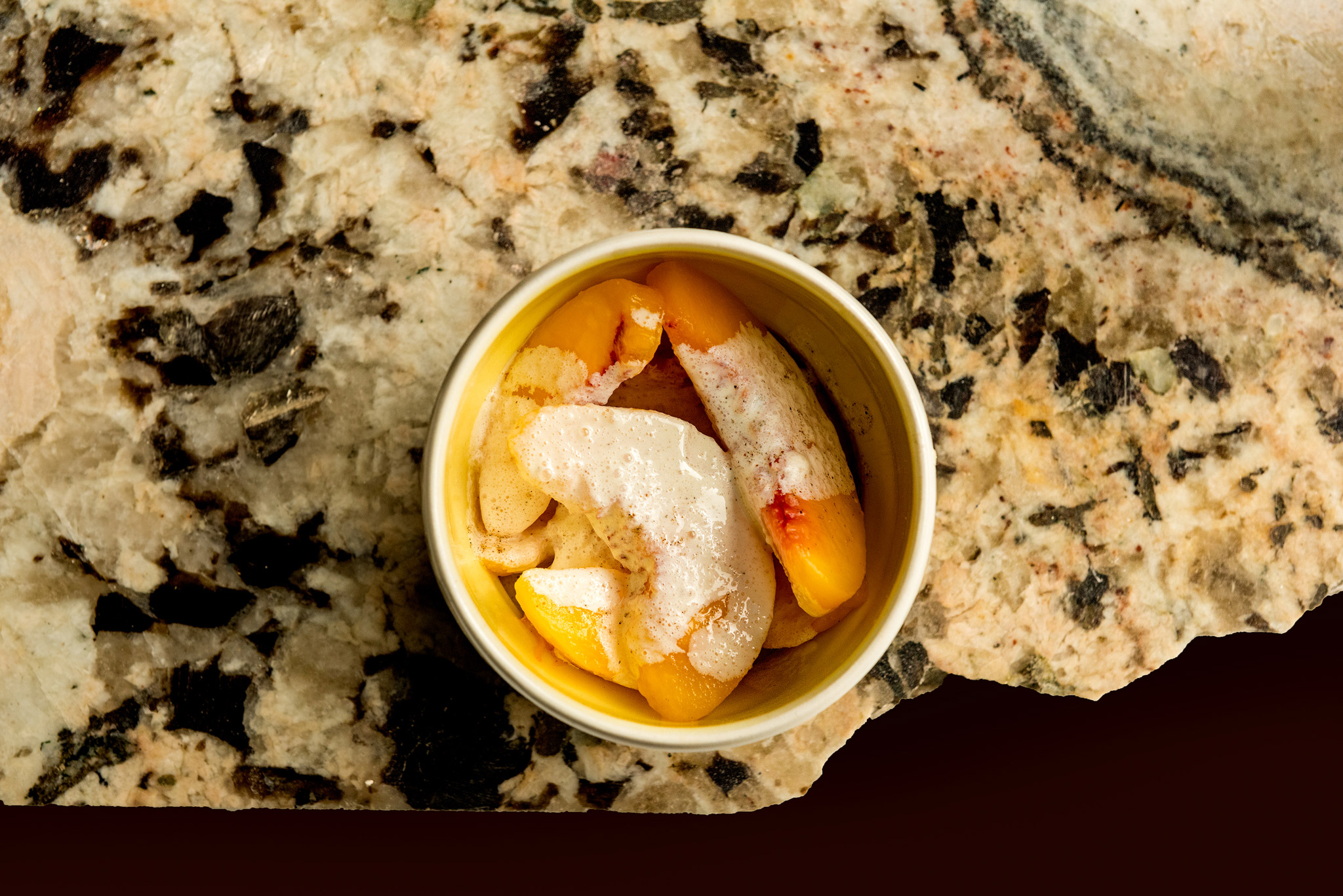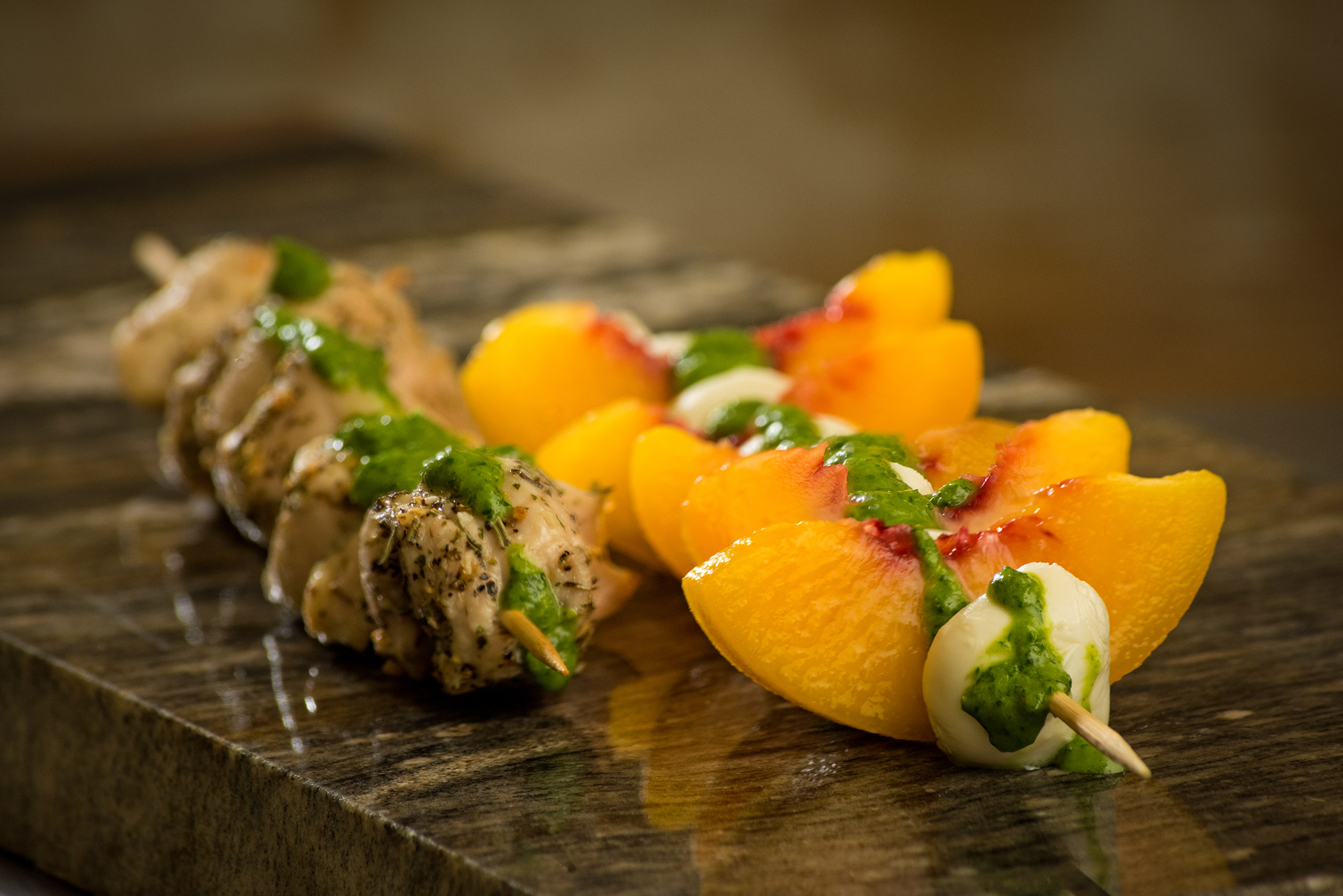Nothing smells or tastes more like summer than a fuzzy, juicy peach. A childhood summer tradition in our family was fresh peaches and raw cream from the local farmer’s market, drizzled with a generous helping of honey. The creamy stickiness was a perfect complement to the hazy summer sunshine.
Originally a fruit native to China, peaches, and their not-fuzzy counterparts nectarines, are now grown predominantly in California, Texas, the Northwest United States, Europe, Africa, Japan, Australia and South America. These rosy orange stone fruits can be freestone or clingstone. They are packed with lycopene and lutein, carotenoids that give them their vibrant colors as well as benefit macular degeneration and heart disease.
Peaches and nectarines are best when they are in season, usually June through August. In the winter, you might be able to find some decent fruit imported from South America, but you will probably have to put them in a paper bag on your windowsill for a couple days to ripen. You’ll know they’re ripe if the skin yields to gentle pressure. Be careful not to bruise them! If they’re hard, they need some bag time. Then, when they’ve ripened, keep them in the refrigerator for no longer than two or three days.

Due to the high volume of pesticides used in their cultivation, nectarines rank No. 3 on the Environmental Working Group’s Dirty Dozen produce list (www.ewg.org) and peaches come in at No. 5. In 2008, USDA tests found 50 pesticide compounds on peaches, both domestically grown and imported.
Reduce your exposure to these pesticides by choosing organic peaches and nectarines, or clean conventional fruit with a produce wash before eating.
Some people like to save their peach pits and experiment with growing fruit trees from seed. There are some very specific steps to successfully doing this, but there is also a surprise ending. The fruit your new tree will produce in three or four years will be not be the same as the original. Due to stone fruit pollination and genetics, the new fruit will be a mix of the two original parent characteristics. Still, it can be a fun project for your backyard or to do with your kids.
Story continues after a quick message from our sponsor below.
Nectarine varietals tend to be slightly more tart than the snug taste of many peaches. Yet, both pair nicely with very similar flavors: almond, hazelnut, blueberry, cherry, citrus, cinnamon, basil, ginger, vanilla, caramel and mint, to name a few.
Combine puréed or juiced peaches with champagne to create a Bellini, the luscious sister of the Mimosa. Skewer nectarine halves, grill and top with cinnamon and maple syrup. For a twist on my childhood peaches and cream as well as a recipe for Huckleberry Peach Crisp, check out the Nspire blog. N
By S. Michal Bennett
Photography By Joel Riner
As Featured In: 2018 Summer/Fall SPO Edition



